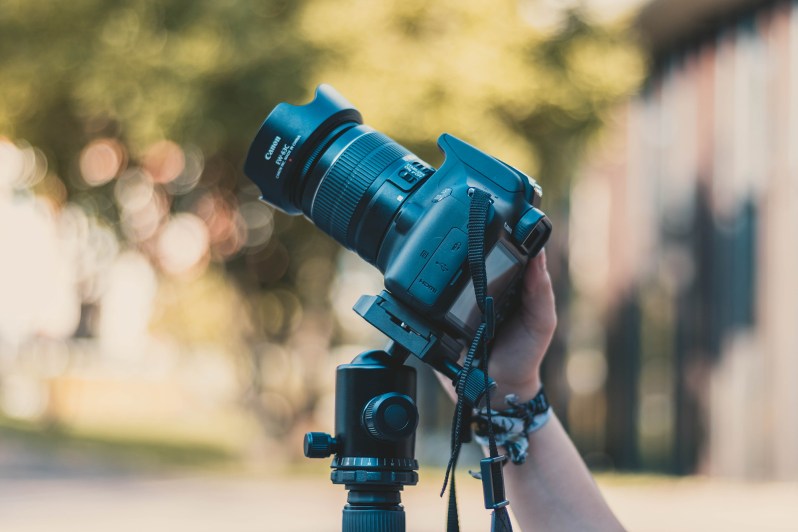
Some of us are struggling just to find time to shower and feed ourselves during this pandemic. Others have more free time than they ever thought possible and are going stir crazy trying to fill it. If you’ve always wanted to brush up on your creative skills — photography, in particular — now is the time. Although many things are closed or canceled, the great outdoors remain (mostly) open. Why not grab your camera and spend time taking your outdoor photography skills to the next level? Here are four ways you can start taking better outdoor photos right now.
Invest in a Tripod
Even non-photographers know how important a tripod is. It’s easy to assume that you don’t need one because they’re expensive and cumbersome. The fact is, a tripod is among the best investments you can make to seriously up your outdoor photography game. It’s crucial for taking tack-sharp photos, steadying your camera for wildlife shots, and playing with long-exposure and time-lapse photography. Not sure where to start? Here are our recommendations:
- Good: AmazonBasics Lightweight Tripod. Amazon’s entry-level tripod is a barebones, budget-friendly solution with everything a novice photographer needs to start taking more stable and experimental outdoor shots.
- Better: Manfrotto Element Traveler. For a more robust alternative, Manfrotto’s Element line is a great mid-range solution. Every tripod in the collection is compact, lightweight, and versatile enough for smartphones, point-and-shoot cameras, and DSLRs with zoom lenses.
- Best: Peak Design Travel Tripod. If only the best will do, Peak Design’s newly released Travel Tripod is our pick for the best tripod on the market. In either Aluminum or Carbon Fiber, it’s durable, lightweight, and mobile-compatible right out of the box. Peak Design spent four years designing it, and the result is a user-friendly, professional-grade product that packs down to about the width of a Nalgene bottle.
Focus on the Little Things

Human beings are drawn to sweeping, grandiose photos of natural landscapes. However, there are tiny worlds all around us that we rarely notice in detail. Macro photography focuses (pun intended) on the fine, almost imperceptible details in the smallest objects and living things, like insects and flowers. It often requires a specialty lens. For DSLR cameras, they can be pricey, but bolt-on macro lenses are available for many smartphones for less than $50. Moment macro lenses
Find Honest Feedback
Listening — and, more importantly, responding — to independent feedback is a surefire way to grow any skill. Friends and family are likely to soften the blow when critiquing your creative work, including photography. Instead, solicit feedback, ideally from strangers, to narrow in on the pros and cons of your shots. The Photo Critique subreddit is a great place to start for honest criticism from a community of more than 750,000 amateur and professional photographers. Simply upload your shots with a brief description, and receive valuable feedback almost immediately.
Take an Online Class
Honestly evaluate your photography skills to determine your weaknesses. Maybe your composition needs work, or you don’t fully understand proper exposures, or you’re terrified of “ruining” your photos with the wrong settings in manual mode. Whatever your shortcomings, there’s an online video or entire course to help you fix them. Nikon offers comprehensive professional photography videos, and YouTube is a neverending rabbit hole of niche tutorials. Commit to spending a week or the next 30 days brushing up on one particular aspect of photography. It’s easy to feel overwhelmed with the dizzying combination of technology, creativity, and sheer luck that goes into good photography. Break it all down into manageable pieces, and better your skillset one skill at a time.
To keep your camera kit organized and ready to go, check out our picks for the best camera bags for trail or travel.



